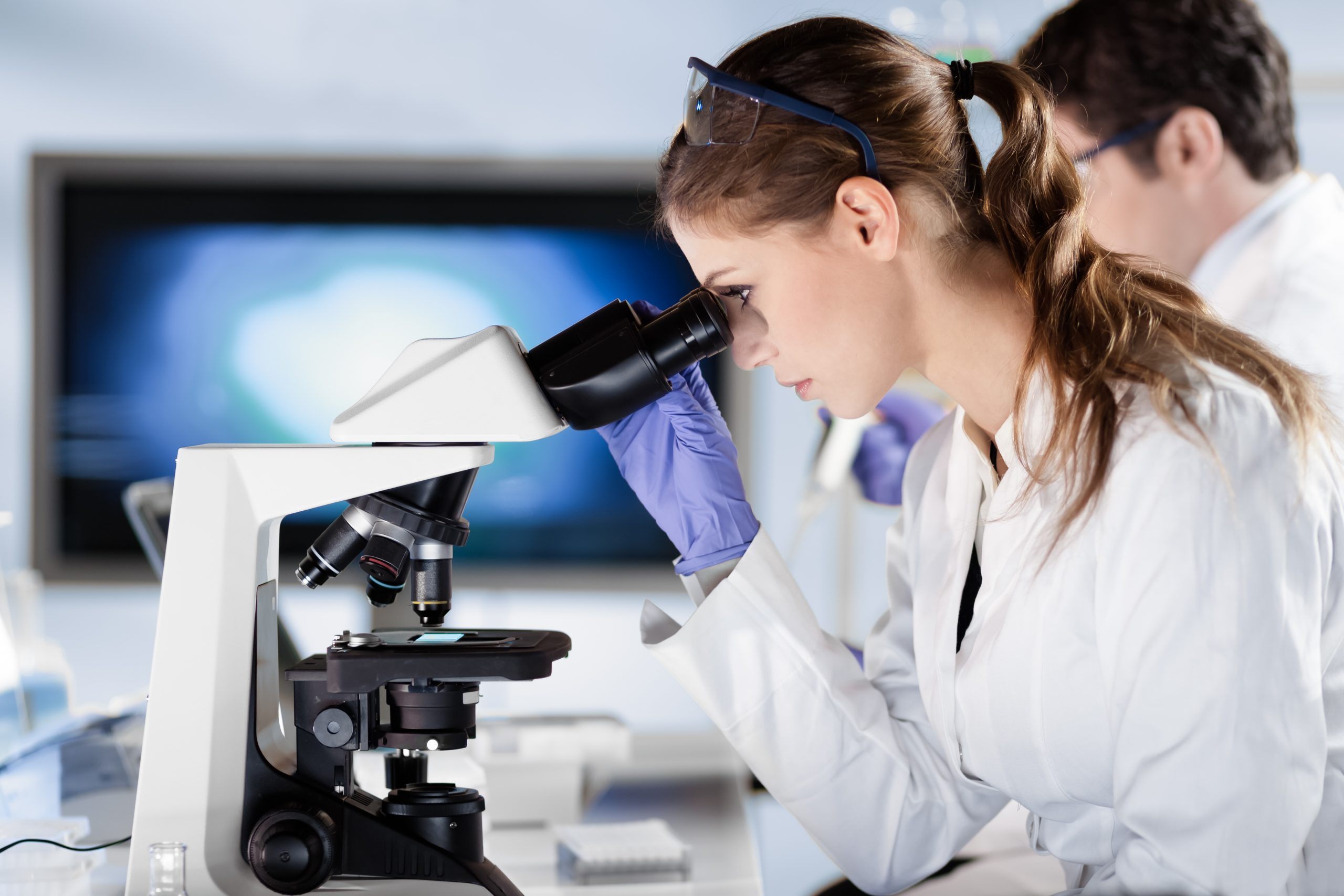The goal of any in vitro surgery is pregnancy – its obvious! However, before you can talk about success, a sperm-fertilized egg still needs to show what it can do! So before the transfer, it goes to an incubator, where it increases to reach the blastocyst stage. This process usually takes several days. How does it look like?

Step by step
After fertilization with a sperm, the egg begins intense division. As early as the morning of the next day, i.e. on the first day of incubation, it is known whether the sperm has been activated, if two pronuclei are seen inside the oocyte – female and male, and immediately after them two cells (blastomers). On day two, the embryo consists of 4, and on the third, of 8 cells. On the fourth day, the embryo consists of at least a dozen closely connected cells and is called morula (reminiscent of mulberry fruit).
On the fifth day after fertilization, the embryo becomes the awaited blastocyst and is practically ready for transfer into the uterus and implantation in its endometrium. Blastocyst is in the form of an “inflated” balloon filled with liquid. Its size is about 0.1-0.4mm. Blastocyst consists of two clearly visible elements – located in the middle of the embryonic node – which will develop into a fetus and from trophoblast – involved in the formation of non-embryonic elements, including placenta. Any embryo that has reached the developmental stage of blastocyst has the potential to induce a successful pregnancy. However, the blastocyst is subject to embryological evaluation prior to transfer to the uterus.
What conditions must a blastocyst fulfill to be selected as the first one for transfer?
Every blastocyst brings hope for pregnancy. The embryologist describes the blastocyst on a scale of 1 to 6 and using letters from A to C. The numbers indicate the degree of embryo development, and the letters indicate the quality of the embryo node and trophoblast.
Assessment of embryo development level
1 – early blastocyst with a cavity smaller than half the embryo (not larger than an oocyte, about 0.1mm).
2 – the blastocyst cavity is already greater than or equal to half the embryo.
3 – the blastocyst cavity fills the entire embryo.
4 – the blastocyst cavity is very strongly enlarged and the zona pellucida becomes very thin (size approx. 0.3mm).
5 – blastocyst protrudes beyond the zona pellucida (the embryo “hatches”).
6 – the blastocyst is fully developed and the embryo is completely outside the zona pellucida (size> 1mm).
Embryonic node quality assessment
A – many cells are close together (this is the best pregnancy forecast)
B – several cells are loosely arranged.
C – there are very few cells.
Trophoblast quality assessment
A – numerous cells forming a compact layer.
B – few cells forming a loose layer.
C – very few large cells.
Blastocyst – not every cell will be able to achieve this state…
Theoretically, embryo transfer may take place earlier – on the second or third day of culture, when the embryo has 4-8 well visible cells. However, it is at the blastocyst stage that the embryo has the greatest chance of proper implantation. It is worth remembering, however, that not all fertilized oocytes manage to reach this stage in development – even when fertilization proceeded without a problem and the reproductive cells were of good quality. It also happens that the embryo reaches the blastocyst stage, and yet it fails to nest in the uterus.
Embryos under special supervision…
Before the embryo is transferred to the uterus, embryologists constantly monitor its development on a 24-hour basis. Thanks to the Time Lapse system (frame-by-frame recording) it is possible without stressing the embryo, thanks to which the embryo is protected against the harmful effects of external factors, such as temperature fluctuations, excessive oxygen levels or inappropriate pH changes. An incubator equipped with a digital microscope takes hundreds of photos – every 5 minutes. In this way, a film is created presenting the various stages of embryonic development. On this basis, embryologists choose an embryo for transfer – the one that has the best chance of implantation in the uterus and the proper development of the fetus. The use of Time Lapse technology therefore increases the chances of the in vitro procedure being successful.





